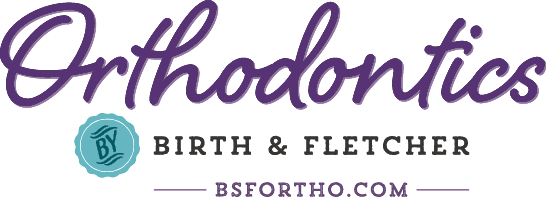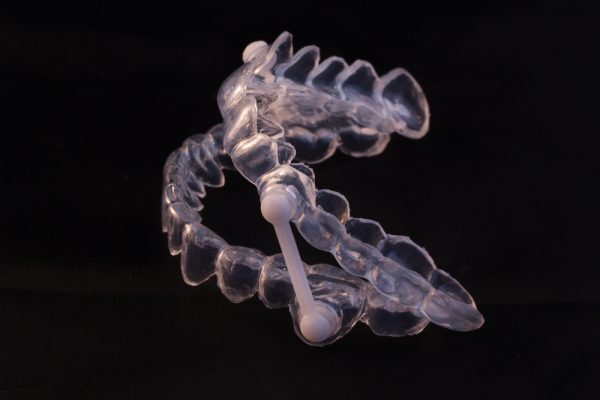
Embrace Restful Nights with MAD: Your Path to Serene Sleep
Ever wondered if a simple oral appliance could be the key to peaceful sleep and quiet nights? Enter Mandibular Advancement Device (MAD) oral appliance therapy – a game-changing, non-invasive solution for those tackling sleep apnea and bothersome snoring. At Birth and Fletcher Orthodontics, North Texas sleep apnea dentist, Dr. Sheila Birth provides MAD oral appliances so patients can say goodbye to restless nights and hello to the marvel of MAD!
What Is a Mandibular Advancement Device (MAD)?
A mandibular advancement device (MAD) is an oral appliance designed to treat sleep apnea and snoring by repositioning the lower jaw and tongue forward during sleep. This forward movement helps to keep the airway open and prevents obstruction, allowing for uninterrupted breathing.
How Does a Mandibular Advancement Device (MAD) Work?
MAD works by advancing the lower jaw and tongue forward, which helps to increase the space at the back of the throat. By doing so, it prevents the collapse of soft tissues and keeps the airway open during sleep. This reduces or eliminates snoring and improves breathing, leading to a more restful sleep.
Benefits of Mandibular Advancement Device (MAD) Oral Appliance Therapy
- Improved Sleep Quality: MAD helps alleviate sleep apnea symptoms, such as snoring and interrupted breathing, leading to improved sleep quality and better overall health.
- Non-Invasive Treatment: Unlike surgical interventions, MAD is a non-invasive treatment option that doesn’t require any incisions or anesthesia.
- Comfortable and Convenient: MAD is custom-designed to fit each patient’s mouth, ensuring comfort and ease of use. It’s portable and easy to travel with, making it a convenient treatment option.
- No Noise or Electricity: Unlike continuous positive airway pressure (CPAP) machines, MAD doesn’t produce noise or require electricity, providing a quiet and hassle-free sleep experience.
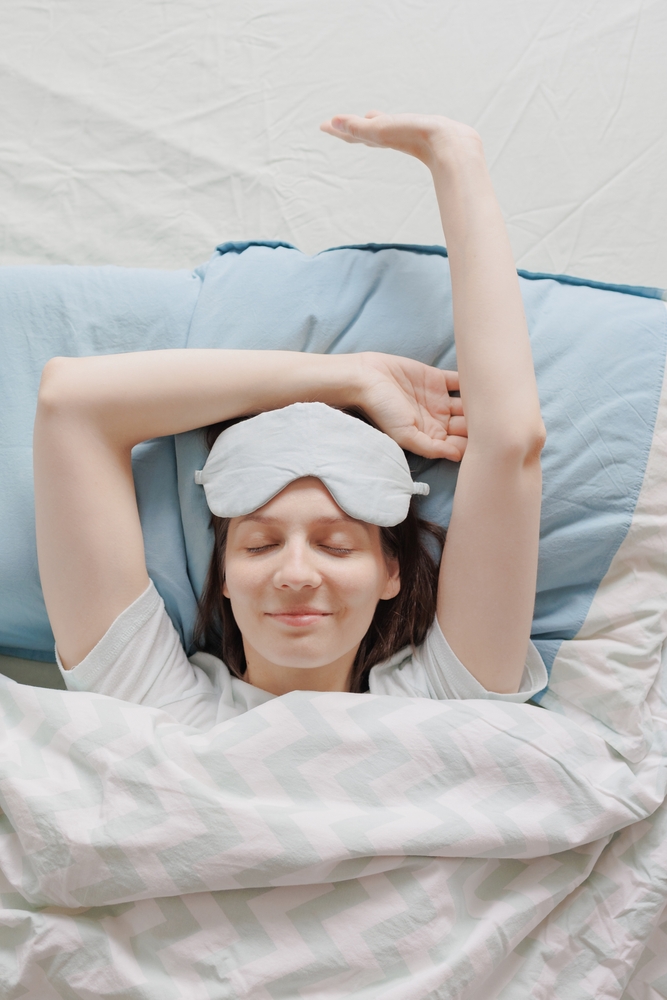

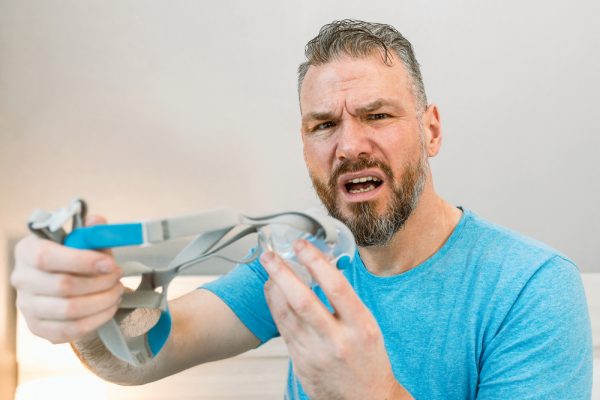
Who Qualifies for Mandibular Advancement Device Therapy
You may qualify for your own custom-made mandibular advancement devices if any of the following apply to you:
- Diagnosis of Obstructive Sleep Apnea (OSA): MAD therapy is primarily recommended for individuals diagnosed with mild to moderate OSA.
- Intolerance to Continuous Positive Airway Pressure (CPAP): Patients who have tried and found continuous positive airway pressure (CPAP) therapy uncomfortable or challenging may be candidates for MAD therapy.
- Anatomical Considerations: The anatomical features of the upper airway, such as the size and shape of the mandible (lower jaw), tongue, and soft palate, play a role in qualifying for MAD therapy.
- Good Dental Health: Candidates for MAD therapy should have reasonably good dental health, including a sufficient number of teeth to support the oral appliance. Dental conditions that might hinder the proper fitting of the device may need to be addressed beforehand.
- Commitment and Compliance: Success with MAD therapy requires commitment and compliance. Candidates should be willing to wear the device consistently during sleep and attend follow-up appointments for adjustments and monitoring.
- Absence of Certain Conditions: MAD therapy may not be suitable for individuals with certain dental or craniofacial conditions, such as severe temporomandibular joint (TMJ) disorders or significant jaw alignment issues.
- Weight Management: While not an exclusive criterion, maintaining a healthy weight can positively impact the success of MAD therapy. Excess weight can contribute to airway obstruction, and weight management can complement the effectiveness of the treatment.
The Mandibular Advancement Device Process
Consultation
Before receiving your MAD treatment, schedule your consultation with our Fort Worth sleep apnea dentist. During the initial consultation, Dr. Birth will evaluate your oral health, discuss your sleep apnea symptoms, and determine if MAD therapy is appropriate for you.
Once you and Dr. Birth decide this treatment is best for you, she’ll take impressions of your teeth and jaws to create a custom mold for your MAD. Precise measurements will ensure a comfortable and effective fit.
Custom Device Fabrication
The impressions and measurements will be used to create a custom-made MAD specifically designed for your mouth. The device will be fabricated using durable and biocompatible materials at an off-site laboratory.
Fitting and Adjustments
Once your MAD is ready, you will visit Dr. Birth for a fitting appointment. She’ll make any necessary adjustments to ensure optimal comfort and effectiveness.


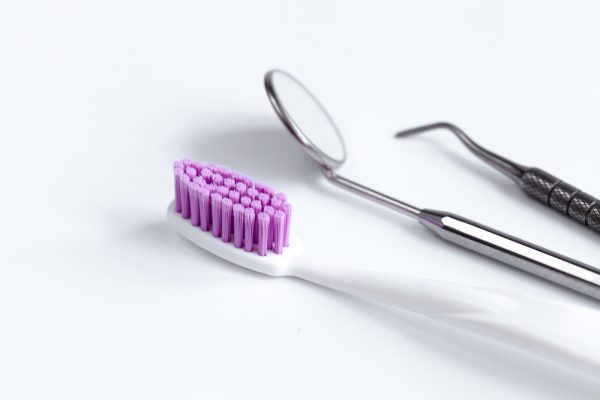

Caring For Your Mandibular Advancement Device
Proper care and maintenance of your Mandibular Advancement Device (MAD) are essential to ensure its effectiveness, longevity, and your overall comfort. Here are some guidelines on how to care for your MAD:
- Daily Cleaning: After each use, rinse your MAD thoroughly with warm water to remove saliva and any food particles. Use a soft toothbrush or a dedicated denture brush to gently clean the device, making sure to reach all the crevices and surfaces.
- Avoid Harsh Cleaners: Use only mild, non-abrasive, and non-alcoholic cleansers to clean your MAD. Harsh chemicals or alcohol-based solutions can damage the device’s materials.
- Keep it Dry: Allow your MAD to air dry completely before storing it. Moisture can encourage the growth of bacteria or mold.
- Storage: Store your MAD in its provided case when you’re not using it. This helps protect the device from physical damage and prevents dust or debris from accumulating on it.
- Avoid Hot Water: Avoid using hot water to clean your MAD, as it could distort or warp the material. Stick to warm or lukewarm water for cleaning.
- Regular Inspections: Periodically examine your MAD for signs of wear, cracks, or damage. If you notice any issues, contact your healthcare provider for guidance.
- Avoid Chemicals and Boiling: Refrain from using harsh chemicals, bleach, or boiling water to clean your MAD. These can damage the device’s materials and compromise its effectiveness.
- Consult Your Dentist: Follow the care instructions provided by your dentist or healthcare provider. They might recommend a specific cleaning solution or routine based on your MAD’s materials and your individual needs.
- Keep Away from Pets: If you have pets, be cautious about leaving your MAD where they can reach it. Some pets might mistake the device for a chew toy, potentially causing damage.
- Travel Case: When traveling, ensure that you use the provided travel case to protect your MAD. This prevents it from getting lost or damaged while you’re on the go.
- Regular Dental Check-ups: Maintain regular dental check-ups to ensure that your oral health and the fit of your MAD remain optimal. Your dentist can address any concerns and make necessary adjustments.
Call Dr. Birth For MAD Sleep Apnea Treatment!
If you’re struggling with sleep apnea or chronic snoring, consider exploring the benefits of mandibular advancement device therapy. North Texas sleep apnea dentist, Dr. Birth, located in Fort Worth, TX, can provide personalized and effective MAD treatment so you can get the sleep you need. Schedule a consultation for your custom MAD device by calling our office at 817-502-9103 or by filling out and submitting the online contact form below. Take the first step towards a better night’s sleep!
